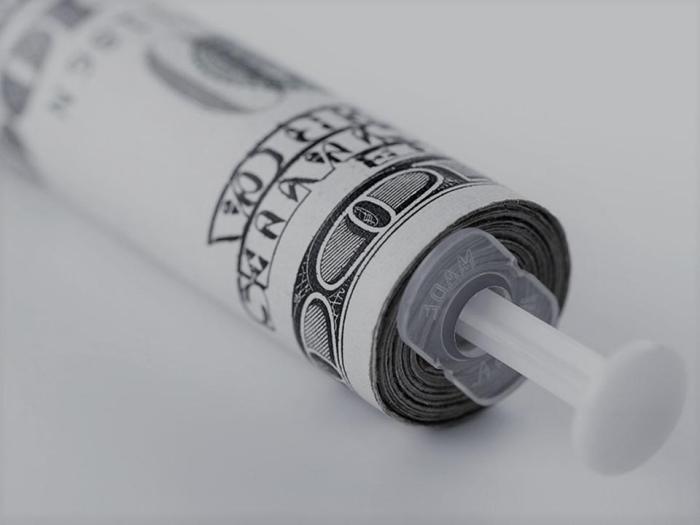Healthcare’s Dangerous Fee-For-Service Addiction

For its many users, healthcare’s fee-for-service reimbursement methodology is like an addiction, similar to gambling, cigarette smoking and pain pill abuse. Doctors and hospitals in the clutches of this flawed payment model have grown dependent on providing more and more healthcare services, regardless of whether the additional care adds value.
I don’t use this metaphor lightly, nor wish to trivialize our nation’s growing problem with addiction. Rather, as a physician and former healthcare CEO, I am increasingly concerned with the impact this payment structure is having on American health. And I worry about whether providers are willing to “kick the habit” before it’s too late.
Addictive Qualities
The Affordable Care Act, signed into law March 2010, included several provisions encouraging doctors to focus on increasing value (instead of simply maximizing the volume) of healthcare services. And yet, seven years later, between 86% and 95% of U.S. healthcare providers are still paid for each individual test, procedure and treatment they provide, an arrangement that continues to drive up healthcare costs with little to show for it. According to the latest Commonwealth Fund report, the United States spends more on healthcare than any other industrialized country but ranks at or near the bottom in almost every measure of comparative quality.
As with any addiction, America’s dependence on fee-for-service has dire financial and health consequences. This year, the estimated cost of care for an insured family of four will reach nearly $27,000, paid for through a combination of employer health insurance ($15,259), payroll deductions ($7,151) and out-of-pocket expenses at the point of care ($4,534). Year over year, patients are on the hook for a higher percentage of their total healthcare costs, which rose 4.3% compared to just a 1.9% increase in the U.S. GDP last year. This is a major warning sign. If medical costs continue to surge 2% to 3% higher than our nation’s ability to pay, the healthcare system will soon reach a breaking point. Businesses, the government and insurers will have no choice but to ration care or slowly eliminate coverage for the nation’s poor, middle-class and elderly populations.
As with all addictions, the fee-for-service model has mind-altering effects, distorting the perceptions of its users in ways that make them unaware of their growing dependence. When providers are paid for doing more, that’s what they do: They increase utilization of services and ratchet up the cost of care without even realizing they’re part of the problem. According to one study, just 36% of practicing physicians were willing to accept “major” responsibility for reducing healthcare costs. Of course, the first step, as with other habits, is to recognize the problem. Only then can we explore treatment options.
Read More: http://snip.ly/hlh5h#https://www.forbes.com/forbes/welcome/?toURL=https://www.forbes.com/sites/robertpearl/2017/09/25/fee-for-service-addiction/&refURL=&referrer=

0 Comments:
Post a Comment
Subscribe to Post Comments [Atom]
<< Home